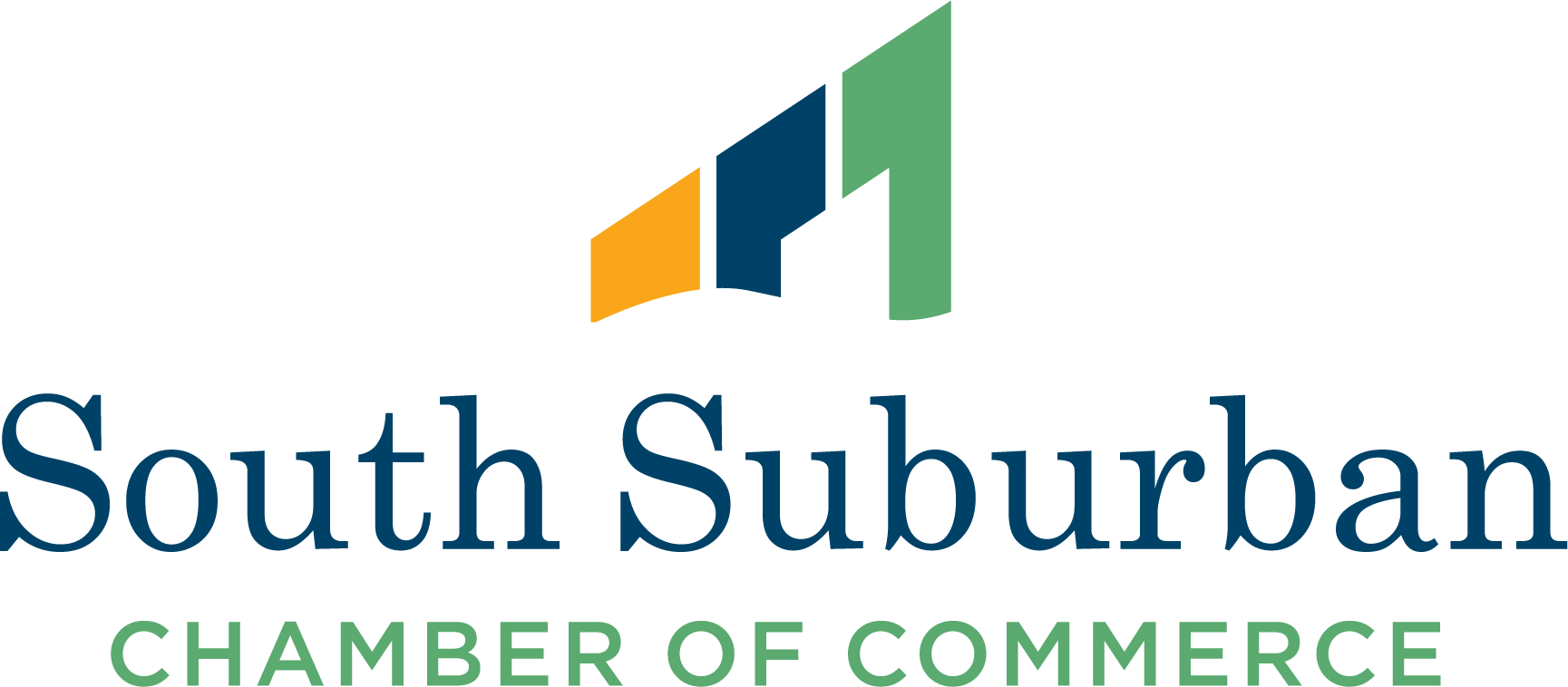Digital Strategies to Safeguard Your Intellectual Property
In an economy increasingly built on ideas rather than objects, intellectual property has become one of the most valuable — and vulnerable — assets a business can own. Whether it’s a proprietary design, a unique codebase, or a branded slogan, once those assets go digital, they’re just a few clicks away from being duplicated, leaked, or stolen outright. Yet too many businesses still treat intellectual property protection as an afterthought — something to deal with only after a breach. In the current digital climate, that mindset is not just outdated; it’s dangerous.
Start with a Culture That Values Ownership
Before diving into firewalls and trademarks, the conversation needs to begin in-house. A business that doesn't instill respect for intellectual property among its team is setting itself up for internal leaks, accidental or otherwise. Training employees on what counts as intellectual property and why it matters can help reduce casual negligence — the kind that leads to files being shared in unsecured formats or stored in personal cloud accounts. The goal is to cultivate a culture where protecting company knowledge is second nature, not an obligation tied to legalese.
Build Legal Fences Early, Not Later
Legal protections don’t work retroactively. If you create something original — a process, a name, a product design — and delay securing trademarks, copyrights, or patents, you're essentially leaving the door open. In today’s digital-first marketplace, ideas travel quickly, and by the time a business acts to claim what's theirs, someone else may have already done it. Consulting an IP attorney early in the development phase helps ensure that assets are protected the moment they go public — or, better yet, before they ever do.
Use Access Controls as Digital Locks
Even the best security plan falls apart if everyone has the keys. Businesses need to get comfortable with the concept of limiting who sees what and when. Implementing access control software that partitions information by role or necessity can prevent sensitive IP from being widely available across the organization. It also creates a useful paper trail if something does get leaked, allowing companies to trace the breach back to its source without the guesswork.
Structure Your Visual IP with Sharable Archives
Keeping visual assets scattered across email threads, cloud folders, and desktops is an open invitation for confusion — or worse, misappropriation. One of the most effective ways to safeguard and streamline image-based intellectual property is by consolidating those assets into structured, access-controlled PDF files. Not only does this make distribution more secure, but it also presents the material in a polished, organized format that’s easier to monitor and protect. For those handling printable images, using a how to convert image to PDF guide and a reliable JPG-to-PDF converter tool can simplify the process, letting you transform raw visual content into protected digital packages.
Rethink Where and How Data Lives
The cloud offers convenience, but it's also a shared space — and not every corner of it is secure. Too often, businesses upload proprietary information to generic storage solutions without a second thought about data jurisdiction, encryption strength, or vendor credibility. Choosing enterprise-grade platforms that offer end-to-end encryption, detailed audit logs, and regional data residency options gives businesses more control over how their IP is stored and accessed. Location, in the digital world, still matters — especially when it comes to legal recourse.
Stay Ahead with Continuous Monitoring
Just as antivirus software checks for threats in real time, IP protection now calls for ongoing surveillance. This might mean setting up alerts for domain registrations that mimic a company’s name, monitoring marketplaces for counterfeit versions of a product, or scanning code repositories for fragments of stolen code. The technology exists to do all of this, but it only works when businesses treat monitoring as an active, daily process — not something to revisit during annual audits.
Don’t Just Protect It — Prove It’s Yours
Digital watermarks, blockchain timestamps, and IP registries may sound like overkill, but they serve a critical purpose: establishing proof of ownership. When a dispute arises — and in many industries, that’s less a possibility than a certainty — the ability to show when something was created, by whom, and under what terms can make or break a case. These technologies don’t just protect IP; they provide the documentation to back up legal claims swiftly and convincingly.
Intellectual property used to be protected by locks, patents, and NDAs tucked away in filing cabinets. Those days are gone. Now, protection is digital, continuous, and deeply integrated into every layer of business infrastructure. In a world where ideas can be copied at scale, the businesses that survive will be the ones who understand that ownership means more than just creating something — it means defending it every day it exists.
Discover the benefits of joining the South Suburban Chamber of Commerce and connect with local businesses to enhance your growth and success in southeastern Wisconsin!
This Hot Deal is promoted by South Suburban Chamber of Commerce.

